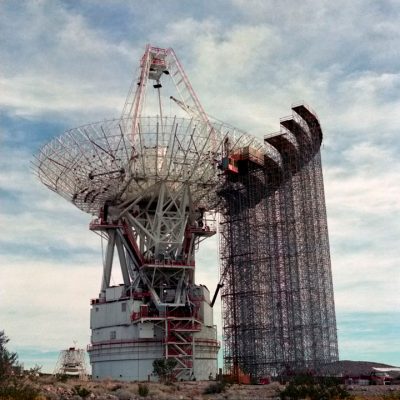
The fact is that many of the first uses of the concept of remote control, which made the level of entertainment easier, were on the battlefield. The first remote control system is thought to have been developed in 1898 by Nicholas Tesla, an Austrian citizen (later American citizen). His contribution was a boat capable of remote control using radio waves. It is said that during World War I, remote-controlled boats were not used by the German army. By the time World War II was over, however, remote-controlled missiles had begun to be used. Bobs were applied in the same way. Research into the non-combat needs of remote controls was carried out after World War II.

In 1950, the Zenith Radio Corporation first introduced the remote control to control television. But it was not wireless. The television set and the remote were connected by wire. A motor was attached to the tuner to select the channel on the TV. The remote control had switches to control this motor. The tuning was done by rotating the motor as required. It also failed to achieve great success. Even the many wireless remotes that were later released were not huge successes. The technology behind the TV and the remote was behind the failure. Normal lighting and sound were used.
The next was a remote control with light, launched in 1955. Zenith was behind it, and the Flash-O-Matic behind it was very simple to operate. Light sensors, or photosensors, were installed at all four corners of the TV to detect light. The remote was a torch that could emit light. A torch capable of sending light into a thin beam. The TV turns on when the light from the torch hits the light sensor in one corner, and turns off when it hits the next corner. The same goes for increasing, decreasing, and changing the volume. See how easy that is. But sometimes when the light in the room is turned on, the noise increases, and the sunlight coming out of the window turns off the TV while watching an interesting event. Sometimes this light also interferes with the operation of the remote. Due to such inconveniences, this remote also did not last long.

Later remote controls that used sound were introduced. Mechanically made sound, and even the TV that worked to recognize that sound was part of it. Zenith introduced the technology in 1957. This remote control, called ‘Space Command’, solved a number of problems. The remote control generated sounds of different frequencies for different purposes such as on, off, turn off the volume and change the channel. The TV sets worked by recognizing these sounds by frequency. But the problems did not end there. Natural phenomena could produce sound of the same frequency. Among the sounds rising from the musical instrument ‘xylophone’ were sounds that humans could not hear. This was also found to interfere with the operation of the remote control. The sound that occurs when a vessel falls down can sometimes change a channel. Dogs can hear sounds that are higher in frequency than humans can hear. I don’t know if it’s an exaggeration, there were even reports of dogs barking because of this sound of the remote control!
(Remote control of Zenith’s space command)
Prototypes of today’s remote controls began to appear around the 1970s. Infrared rays were used instead of sound. Until then, only four or five requirements, such as on, off, volume control, and channel switching, had been performed by remote control. But the growth of transistors and LEDs has led to more demanding remote controls. The emergence of IC chips and other digital technologies accelerated this growth.
Operation of modern TV remote controls

Infrared waves are used in modern remote controls. Infrared light is used to connect the remote control to the TV.
Keypad for various functions,
Electronic circuit board under the keypad,
Infrared LED,
Battery for electricity
And are for today’s remote controls. When each button is pressed, it turns on an electronic switch on the circuit board below the button. The electrical signals from this switch go to the IC of the controller chip. Power is transmitted from the controller chip to the infrared LED on the remote control at intermittent pulses. The LED flickers according to these incoming electric pulses. We cannot see this light. These LEDs produce infrared light that is less frequently visible than humans can see. But some cameras and others can see this infrared light. Hold the remote control in front of the camera and press the button to see the LED bulb glow on the camera. Keep in mind that this may not be possible with all cameras. But in any case this infrared light can be seen by the photodiodes installed in the TV. In these photodiodes, an electrical signal is generated according to the light from the remote. According to this signal, the electronic systems in the TV work to meet our needs.

Remote controls are now being marketed under the name Universal Remote Control. The infrared signal for a particular purpose is the same for most devices. Universal remote controls take advantage of this. The advantage of this is that a remote control is enough to run everything on the TV and video player.




Recent Comments